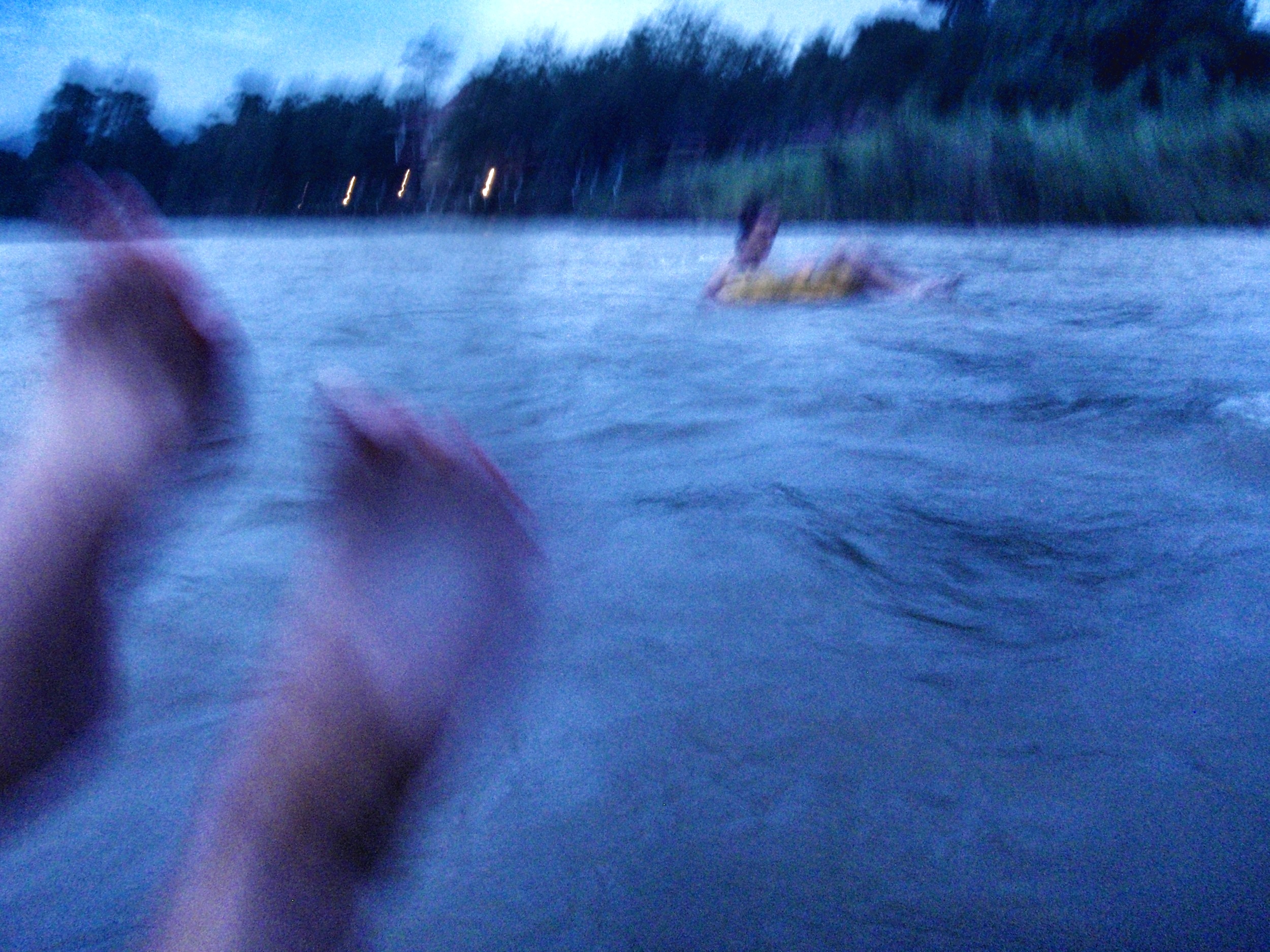No Sleep in Siem Reap

Night two in our room at Shadow Angkor Residence - just seconds away from Siem Reap’s famous Pub Street, and a tuk tuk ride from the Temples of Angkor - and there’s rustling in the drop ceiling above our bed. Rustling turned to scuffling, then what sounded like pained meows.
“Fernando, there’s a cat stuck up there”, I said, halfway unsure.
Never dramatic, Fernando assured me it was just the wind, and we went back to bed.
We were in the middle of Cambodia’s monsoon season, and wild winds and unexpected downpours were common. Strong gusts would blow our back door open, and push the ceiling tiles up if the front door and windows were open just right, so his claim did make sense.
—|||—
Another day of temple exploring (more in a later entry), and eating all we could get our hands on.
Fish Amok and beef Luc Lak, with Kampot pepper sauce are just two of the mouth-watering staples available most anywhere in Siem Reap. Once a French colony, the strong French influence in Cambodia is as obvious in Siem Reap’s menus as in the architecture (I guess I don’t really have any photos to back this up…Google it?).
Trying a local favorite, Cambodian BBQ, where you cook your own meat. We opted for every meat they offered. Along with the protein came a chunk of lard to keep the fryer lubricated, four dipping sauces and a basket of noodles and veggies to cook in the ever-changing ring of broth around the fryer.
Each meat pile had a toothpick with photo, indicating which animal it came from. While there were many traditional meats, like; pork, chicken, beef and fish, we also tried some unusual bites of ostrich, snake, alligator and kangaroo.
Watching a street hawker prepare our dessert from their pushcart - crepes filled with bananas, chocolate and condensed milk.
In one of my more gruesome segue-ways, I’m now going to connect binge eating street food to silk boutiques.
Artisans d’Angkor is a silk workshop/social enterprise located in Siem Reap. Travelers can stop in for a visit for great prices on gorgeous silk goods, and to see the silk making process live. We rounded out our tour with a fine silk laptop bag in mauve, and marked yet another protein off our list of “have eaten” this week, in addition to our meat medley from Pub Street.
The nearly featureless silk worms, fattened on corn, tasted just like their preferred meal, and popped when bitten. They were surprisingly middle-of-the-road in every way, including their level of disgusting.
Where the silk comes from.
Fernando examines his silk worm snack.
A backlit sign declaring, “No Piranhas” over a large street-level fish tank grabbed our attention. Fish massages are much less of a massage and much more of an extreme tickle session.
Nibbling off the dead skin, these tiny fish make their living by cleaning the travel-worn feet of passers-by. Their immediate attack was startling, and their aggressive nipping went from unsettling to unbearably ticklish.
Watching Fernando’s reaction made this so much better. Look at how many are after him compared to me!
A 45-minute drive outside of Siem Reap is the Cambodian Landmine Museum and Relief Center. Cambodia is still one of the most heavily mined countries in the world, and Aki Ra, a local who has dedicated his life to the removal of landmines in the area, helped establish this educational center.
Simple exhibits with handmade mannequins lend a certain levity to a very earnest subject matter.
Exhibit from The Cambodian Landmine Museum.
—|||—
After 10 nights of commotion and noise in our ceiling, and 10 nights of Fernando claiming it was nothing, the tiles directly over our white sheets exploded in a burst of 20-year old dust, and chaos. Diving across the room, I looked back in fear only to see a terrified cat, hairs on end, claws out, teeth gnashing at the air, crash to the ground. It puffed and spit like a stuck sprinkler as it tore out the cracked backdoor and into the humid night.
A cloud of ancient grime hovered in the air like an odious genie released from its lamp, and if I had one wish it would be for someone else to clean up this mess.
An hour later, my wish was granted as our guesthouse handled the situation beautifully, putting us up for the night in another, slightly nicer room across the river.
Isn’t this city magical?
VERDICT: Mostly Harmless - but watch out for falling ceilings.
———-
Amok: Cambodia’s most famous dish, this slightly sweet curry is always presented in a banana leaf bowl, and has more of a custard consistency thanks to a signature steaming step in preparation.
Kampot Pepper: The first Cambodian product to receive a Protected Geographical Indication (the same certification that protects regional products like Champagne). Grown in Kampot, Cambodia.
Shadow Angkor Residence: Hotel in Siem Reap, perfectly located for most of the city’s main attractions.
Artisans d’Angkor: Showroom and workshops selling fair-trade, local silk products.
The Cambodian Landmine Museum: A center which strives to educate their visitors of the importance of clearing landmines in Cambodia.
Aki Ra: Former Khmer Rouge child soldier, turned founder of The Cambodian Landmine Museum.











